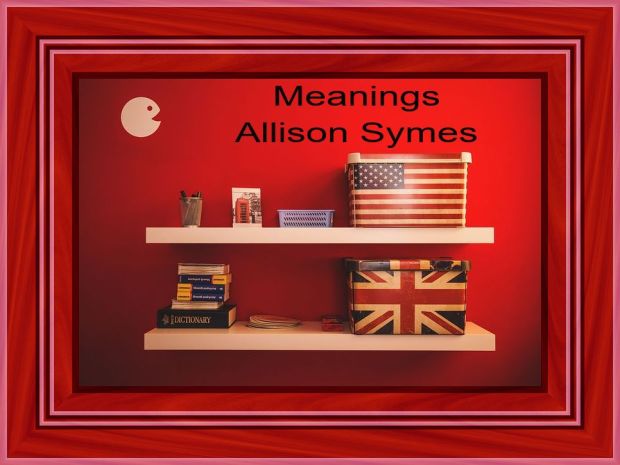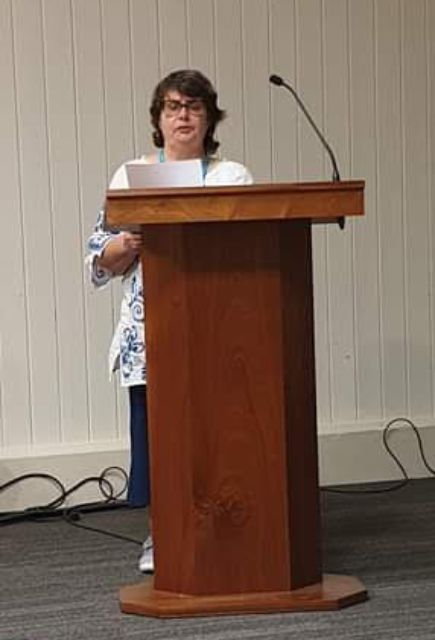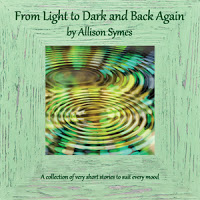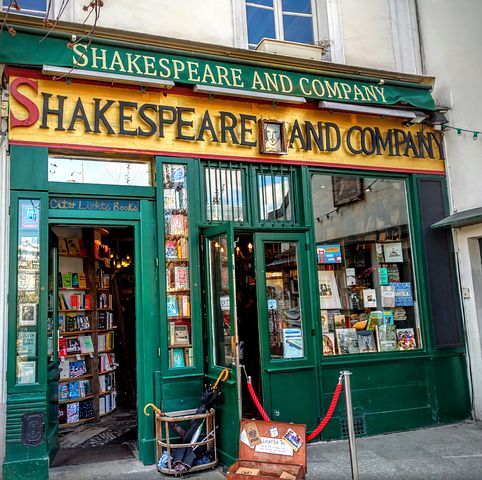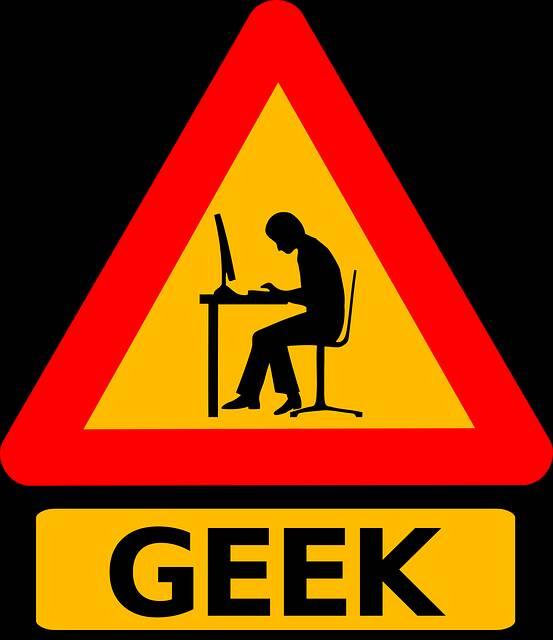Image Credit: Unless otherwise stated, the images come from Pixabay.
Facebook – General
What does writing mean to you? For me it’s:-
1. Escapism. (Always welcome that!).
2. Writing stretches and challenges me. I came up with blog posts or stories yesterday, can I do the same today? (The discipline of daily writing is very good for developing your imagination and stamina and is also brilliant for keeping the brain active).
3. Writing has given me a creative art form I can take part in and love. I’m useless at art (my kid sister was much better there – and still is) but I can use words. I believe most of us have a creative streak somewhere and it’s a question of finding the one that suits us best. Being creative does something positive for my soul/mental well being/self-esteem etc and that is a good thing for my sake obviously but also for those around me.
4. Writing has led me to doing things I would never have dreamt of doing (such as reading publicly from my own work).
5. Writing has given me wonderful friends who understand the joys and frustrations of writing and that wonderful buzz when your books arrive with your stories in them!
So what does the coming writing week hold in store for you?
I’m currently preparing a review of the play My Husband’s Nuts performed by The Chameleon Theatre Group for Chandler’s Ford Today. Yes, it really is called that. Reviews can sometimes be tricky. How much do you reveal about the plot? My approach is to give enough of the “flavour” of the play without giving away spoilers. And yes, this one is a farce. Well with a title like that, it kind of had to be really.
I’ve just submitted work to a competition and I plan to work on my big projects throughout the week. Am making good progress on one in particular. I also want to get another flash fiction collection together at some point.
Delighted that the Best of Cafelit 8 with its lovely green cover goes beautifully with the cover of my From Light to Dark and Back Again. They’ll look good together on a book stall! The Cafelit series always has the same cover image, just the colour of the cover changes, and the Chapeltown flash fiction collections always have a frame around a differing central image. Branding, folks, branding – it does matter but it doesn’t have to be complicated. Simple ideas here can work wonders.
Publication News
Delighted to share my latest story on Cafelit called Humourless. Hope you enjoy. Definitely not something that could be applied to me, I’m glad to say.
Facebook – General
When something unexpected happens, how do you react? Okay, okay, I know. It depends on whether the unexpected happening is nice or not. (I was nominated for Miss Slinky in my Slimming World group tonight – very nice surprise and it brightened up my Tuesday considerably!).
Okay, next question. How would your characters react? Same response from you? Yes, and rightly so too. But it pays you to know how your characters are likely to react, no matter what turns up in their lives.
Also think about why they would react the way you think they will. If someone reacts badly to a balloon bursting, is that because their link that sound to a bad memory? There should be a reason for their reaction, especially if other characters seems to consider it an over-reaction. You can ask yourself if it IS your character over reacting and then think about why your character might do that. Trying to get sympathy perhaps?
Facebook – From Light to Dark and Back Again
I occasionally write a piece of flash fiction where the first letter of each line spells out a word. Let’s give that a go again now and appropriately I think I’ll go for Autumn. (Now this is where I could cheat and go for the American word of Fall here to make my life easier but I won’t!).
AUTUMN
A = Allison finished digging in the garden not a moment too soon as the rain started pelting down.
U = Urgent requirement for a hot cup of a tea and a Hi-fi bar made her put her spade away in record time.
T = Turning away from the garden shed, she ran indoors, put the kettle on, and grabbed her bar from the larder.
U = Unaware her actions had been witnessed.
M = Missy, next door’s dog, got through the gap in the fence and went to where Allison had been digging.
N = Never had a body been uncovered again so quickly; never had Allison shooed a dog off so quickly before as she rushed to cover up her work.
Allison Symes – 26th October 2019
Not based on a true story, honestly!
Reasons to engage with other writers positively:-
1. It’s fun – best reason of all.
2. You will learn useful information – I’ve found out about competitions etc thanks to chatting with other writers. Some of it I’ve used, some of it I may use in the future, some I may never get to use at all.
3. When you can share useful information, see it as paying your dues. I know I’m grateful for the good advice from other writers that has helped me so pass it on.
4. Ultimately, we all want to write good material, whether it’s flash fiction, or an epic saga. There are things on our writing journeys that we will share in common. You don’t have to cope with these things on your own!
5. You can be warned about scams. No industry is exempt from these so why should publishing be?
6. Linking with 5, other writers can tell you where to go for good advice and what has helped them.
7. I was told about Cafelit and from there found out about flash fiction and I’ve been very grateful for finding out about those!!😀
Pleased to have another story up on Cafelit – Humourless. More to come too.
http://cafelitcreativecafe.blogspot.com/…/10/humourless.html
For Cafelit, you need to assign a drink to your story and I try to match the mood of the tale with an appropriate beverage. I sometimes find that harder to do than write the story and I’ve often searched cafe menus for inspiration!
It is a great way to discreetly flag up the mood of the tale though. This, and finding pictures for my CFT posts, are probably the main ways where I’m “forced” to think laterally sometimes. But it is worth persisting with doing that. Other story ideas have come to me that way.
I always feel a certain amount of relief when I’ve got the first draft of a story written. I never worry about making each line or paragraph “perfect” before moving on because I know if I took that approach, I would get very little written. Also, there’s no such thing as “perfect” writing anyway.
I like to get a first draft written, move on to another piece I’m editing or submitting somewhere, then come back to that draft to give myself enough distance from it to be able to judge it as objectively as I can.
There are two reactions made by a writer to something they’ve written.
1. This is genius. Not true, sadly.
2. This is awful. Whatever made me think I could write. Not true either and that’s better news!
It is inevitable as you read through a piece, ideas for better ways of phrasing things occur to you so go with that and don’t worry about it.
Association of Christian Writers – More Than Writers – A Season For Everything
I don’t write much about the seasons. Flash fiction with its word count limits means I have little room for description. If I want to show it’s cold, I’ll get my character to put on their big coat, having established they usually wear shorts or something daft like that.
Sorry to all shorts fans out there but I’ve never liked them. I’d also consign flip-flops to history’s dustbin. If I ever come up with a character I really can’t stand, I could make them wear shorts and flip-flops in freezing weather and make them suffer! I guess that could be fun…
Is there any writer who doesn’t get some enjoyment out of putting their characters through the mill, especially when those characters have it coming? I refuse to believe that is just me.
If I have seasons to writing, it is not in the quantity of what I do but in the tasks themselves. I will have weeks where I’m submitting work all over the place. (I finished drafting this after sending three stories off to Cafelit).
There will be other weeks where I’m editing work I’d deliberately put aside to look at again with fresh eyes prior to submission. It does pay to give yourself that time so you return to your story afresh. It’s the only way I know that works where you do come back and read your work as a reader would.
Without a time break, I’ve found you can be too close to your own work to be objective about it. This is why when there’s a competition deadline, I take off at least a week from the official end date and that will be the date I aim to submit the piece by. If life gets in the way as it does sometimes, I still have a few days in hand to still submit that piece.
I am so grateful for email submissions! I did start writing seriously when everything went in by snail mail (it was just after the last T Rex left this world). Some things have definitely got better. (I don’t miss typewriters, carbon paper or Tippex either. I did use to cut and paste literally).
There is always something on the go writing wise and that’s how I like it. I have a very low boredom threshold and the lovely thing with creative writing is that threshold is never tested. There is always something to do.
Happy writing, editing etc etc!
Goodreads Author Blog –
What Do I Want Books To Do For Me?
























